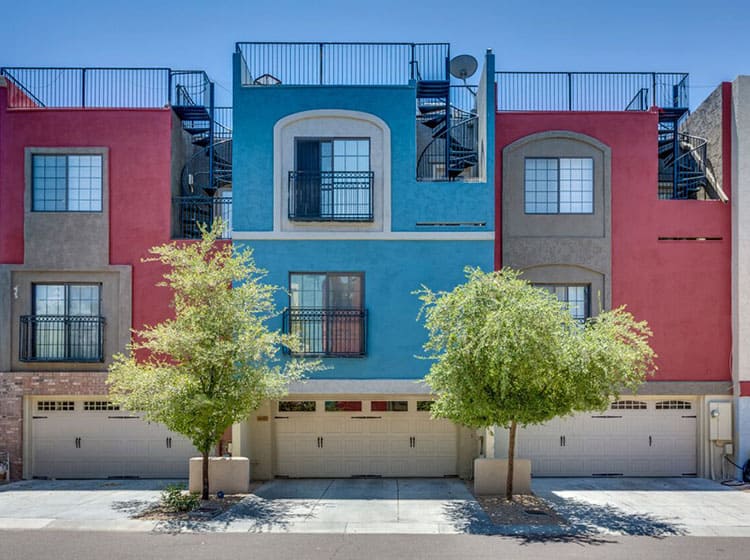Understanding Seasonal Influences On Commercial Exterior Painting: Crucial Expertise For Success
Understanding Seasonal Influences On Commercial Exterior Painting: Crucial Expertise For Success
Blog Article
Material Created By-Doherty Celik
When you're planning a commercial outside painting job, seasonal elements can make or break your results. You'll want to consider just how temperature level and humidity impact paint application and drying times. Picking the appropriate period can guarantee your paint adheres appropriately and lasts longer. Yet which seasons are really the most effective for this kind of work? Let's explore the key elements that can impact your project's success.
The Effect of Temperature Level on Paint Application
When you're preparing an industrial external paint task, the temperature can substantially impact exactly how well the paint adheres and dries out.
Ideally, you want to paint when temperatures range between 50 ° F and 85 ° F. If it's also cool, the paint may not heal appropriately, bring about problems like peeling off or breaking.
On the other hand, if it's too warm, the paint can dry out too swiftly, protecting against appropriate adhesion and leading to an unequal finish.
You must likewise take into consideration the moment of day; morning or late afternoon uses cooler temperatures, which can be extra beneficial.
Always examine the maker's referrals for the particular paint you're utilizing, as they often give guidance on the suitable temperature level array for optimum results.
Moisture and Its Effect on Drying Times
Temperature isn't the only ecological factor that influences your industrial external paint task; moisture plays a considerable duty also. house interior painters can slow down drying times considerably, impacting the general high quality of your paint task.
When the air is saturated with wetness, the paint takes longer to cure, which can lead to concerns like inadequate adhesion and a higher threat of mold development. If you're painting on an especially damp day, be planned for extended wait times in between layers.
It's vital to monitor neighborhood weather and strategy accordingly. Ideally, aim for moisture degrees in between 40% and 70% for optimal drying.
Maintaining you could try these out consider mind guarantees your job remains on track and provides a long-term coating.
Best Seasons for Commercial Exterior Painting Projects
What's the best season for your business exterior painting projects?
Spring and very early fall are generally your best bets. During these periods, temperature levels are light, and moisture levels are often lower, producing optimal conditions for paint application and drying.
Prevent summer season's intense heat, which can cause paint to dry as well promptly, resulting in bad bond and finish. In a similar way, winter season's cool temperature levels can prevent correct drying out and treating, risking the long life of your paint job.
st. louis park house staining for days with temperature levels between 50 ° F and 85 ° F for optimal outcomes. Remember to examine the neighborhood weather prediction for rainfall, as damp problems can ruin your job.
Preparation around these factors ensures your paint task runs smoothly and lasts longer.
Final thought
To conclude, intending your commercial external paint projects around seasonal considerations can make a substantial difference in the end result. By organizing work during the suitable temperatures and humidity degrees, you'll guarantee far better bond and drying out times. Keep in mind to keep an eye on neighborhood weather prediction and pick the correct time of year-- spring and very early loss are your best choices. Taking these actions will certainly help you accomplish a durable and specialist finish that lasts.
